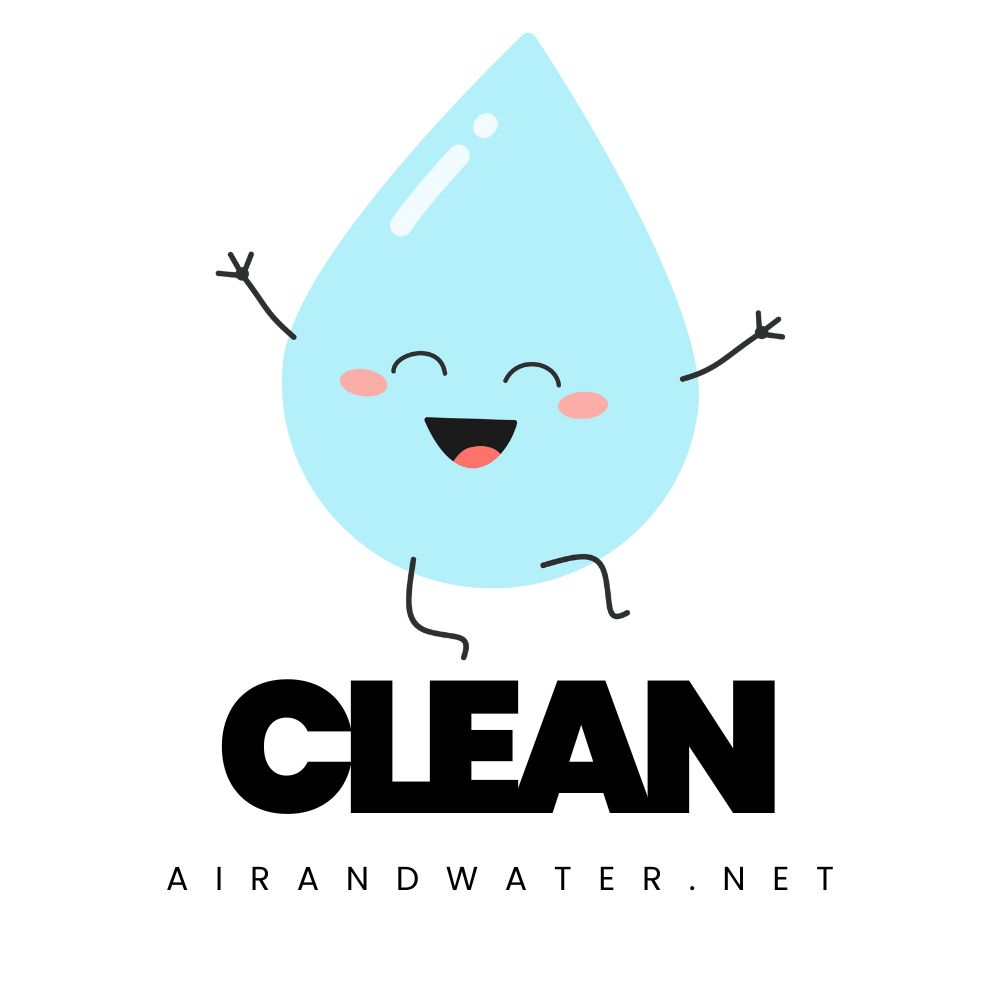Wichita Water Quality at a Glance
moderate concerns
Is Wichita Water Safe to Drink?
Generally Safe, With Moderate Concerns – Wichita water meets federal standards and has no detected PFAS contamination in the city system. However, testing shows 14 contaminants exceeding health guidelines, including arsenic, manganese, and disinfection byproducts like trihalomethanes. The city serves over 500,000 people (17% of Kansas population) and is investing in a new $500+ million water treatment plant opening in 2025 to improve quality and drought resilience.
⚠️ Key Points for Wichita Residents
- Arsenic Levels: Detected above health guidelines; naturally occurring carcinogen requiring monitoring
- Disinfection Byproducts: Trihalomethanes and haloacetic acids from chlorination process; linked to cancer risk
- Drought Impact: Stage 2 restrictions limit outdoor watering to once weekly; Cheney Reservoir levels critically low
- Infrastructure Upgrade: New $500+ million Northwest Water Treatment Plant opening 2025 with 120 million gallons/day capacity
Read the full report below for detailed analysis, city-specific data, and actionable recommendations for Wichita residents.
Wichita – Kansas – Water Quality Report 2025: PFAS Testing, Infrastructure Concerns & Safety across your city
Wichita’s Public Works & Utilities department manages one of the most complex municipal water systems in Kansas, serving over 500,000 residents across Wichita and surrounding communities including Eastborough, Rose Hill, Benton, Kechi, Andover, Derby, Valley Center, Bentley, and several rural water districts. The system delivers approximately 50-60 million gallons daily to the greater Wichita metropolitan area, approximately 17% of the state’s population.
Wichita draws its drinking water from two primary sources: the Cheney Reservoir (surface water) and the Equus Beds Aquifer (groundwater) near Halstead. The city employs a blended approach that combines these sources to maximize efficiency, conserve water during droughts, and meet water quality standards. The system maintains source water quality through comprehensive watershed management and aquifer protection programs. Wichita’s water meets all federal and state drinking water standards, though independent testing has identified 14 contaminants that exceed Environmental Working Group health guidelines, including arsenic and disinfection byproducts. The city is addressing these challenges through significant investments in water treatment upgrades, including the new Wichita Water Works facility set to be fully operational in 2025.
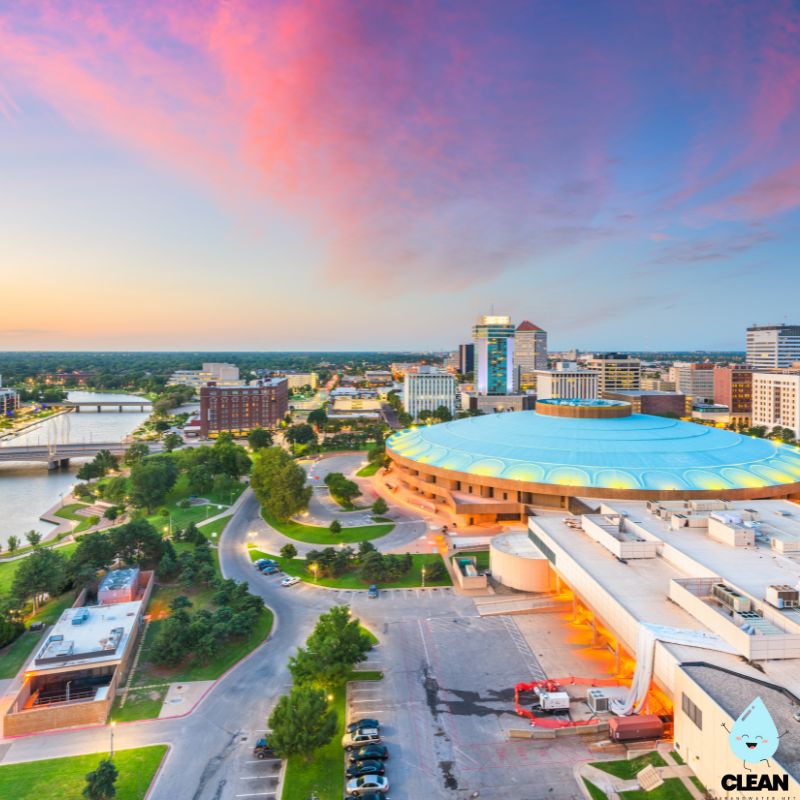
Wichita Water Quality: Current Status (2024-2025)
Latest Testing Results
- Lead and Copper Levels: The most recent testing shows that Wichita water meets all federal and state standards for lead and copper. The city has made infrastructure improvements to the distribution system in recent years, though private lead service lines may still exist in homes built before 1986.
- Testing Scope: Wichita conducts extensive water quality tests throughout the system, monitoring for over 100 contaminants as required by federal and state regulations.
- Compliance Status: Wichita’s water meets all federal and state drinking water standards, maintaining compliance with EPA and Kansas Department of Health and Environment regulations. However, independent testing identifies 14 contaminants exceeding Environmental Working Group health guidelines.
Diverse Water Sources
- Cheney Reservoir: Surface water from this reservoir provides approximately 60-70% of Wichita’s water supply during normal conditions. Currently, the reservoir is experiencing severe drought conditions, operating at around 62.7% capacity as of mid-2024, triggering Stage 2 water restrictions.
- Equus Beds Aquifer: This groundwater source provides approximately 30-40% of the supply and is currently 92% full. The city also operates an Aquifer Storage and Recovery (ASR) program to capture and store excess water during wet periods.
- Source Protection: Wichita implements watershed protection measures around Cheney Reservoir and aquifer protection strategies for the Equus Beds to ensure source water quality.
Treatment Technology
- Current Treatment Process: Wichita utilizes lime softening processes for water treatment. After blending source waters, lime and polymer are added to soften and settle out solids. The settled water is then filtered and disinfected with chloramines.
- New Water Treatment Facility: The $500+ million Wichita Water Works facility, scheduled to be fully operational in early 2025, will replace the current 80-year-old plant. This state-of-the-art facility will deliver up to 120 million gallons per day with increased redundancy and reliability.
- Treatment Flexibility: The new facility is designed to treat multiple water sources, giving the city flexibility to switch between water sources depending on availability and quality.
Infrastructure and Drought Response
- Aging Infrastructure: The current 80-year-old water treatment plant is being replaced with the new Wichita Water Works facility, the largest infrastructure project in the city’s history.
- Drought Response Plan: Wichita implements a structured drought response plan with defined stages based on Cheney Reservoir levels. As of mid-2024, the city is in Stage 2 of its drought response, with mandatory water restrictions in place and may remain there through 2025.
- Smart Water Management: The city employs advanced monitoring and management technologies to improve efficiency and water quality.
Community Support and Protection
Wichita’s water utility maintains strict control of pH, hardness, and other parameters to prevent corrosion in the distribution system. The city publishes annual Water Quality Reports (Consumer Confidence Reports) with detailed information on water quality parameters. To address the ongoing drought, Wichita offers rebate programs for water-efficient fixtures and appliances to promote conservation. The city prioritizes transparent communication about water quality and drought conditions, with regular updates on the municipal website and through public meetings. As Wichita faces challenges from drought and aging infrastructure, the completion of the Wichita Water Works facility in 2025 represents a significant investment in ensuring clean, reliable water for generations to come.
Recommendations for Wichita Residents

Check for Lead Pipes
If your home was built before 1986, inspect your service line where water enters your home. Lead pipes are dull gray, soft enough to scratch with a key, and won’t attract a magnet. Contact Wichita Public Works & Utilities at (316) 268-8351 for testing assistance.
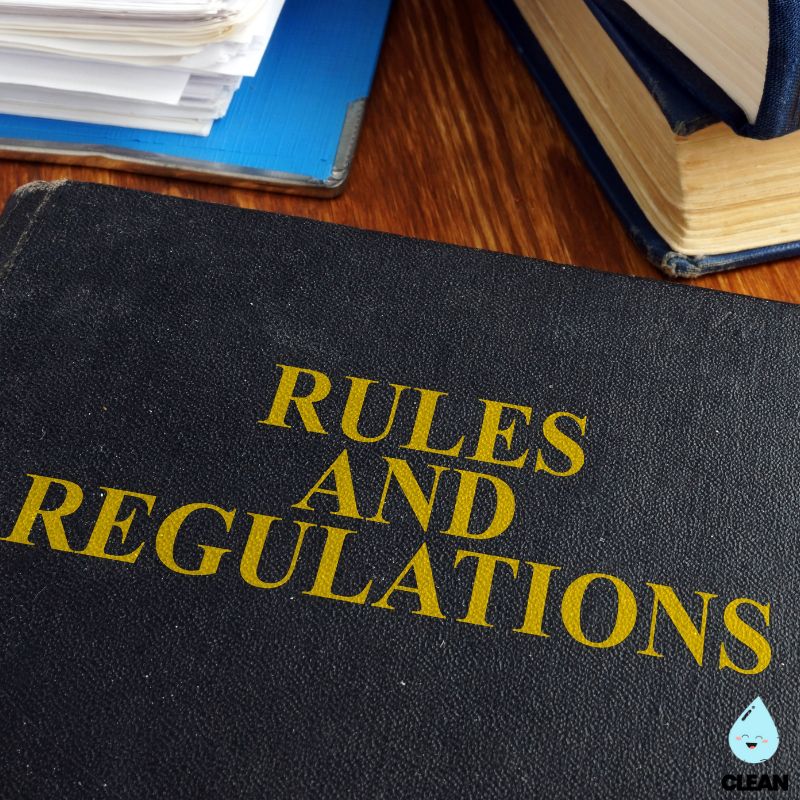
Follow Water Restrictions
During drought conditions, follow the city’s watering schedule based on your location. Currently, Stage 2 restrictions limit outdoor watering to once per week. Visit wichita.gov/drought-update for your watering day and the latest restrictions.
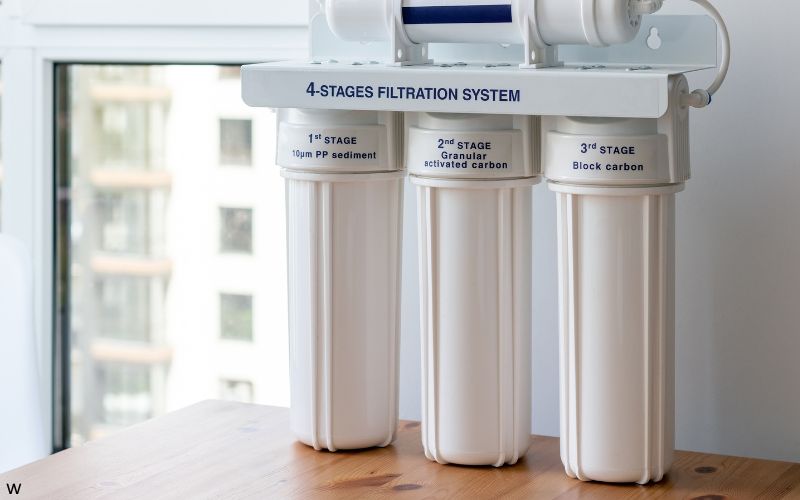
Consider Filtration
While Wichita’s water meets all safety standards, independent testing shows 14 contaminants exceed health guidelines including arsenic and disinfection byproducts. Residents may want to use NSF-certified filters (Standard 53) for drinking and cooking water, especially in older homes.
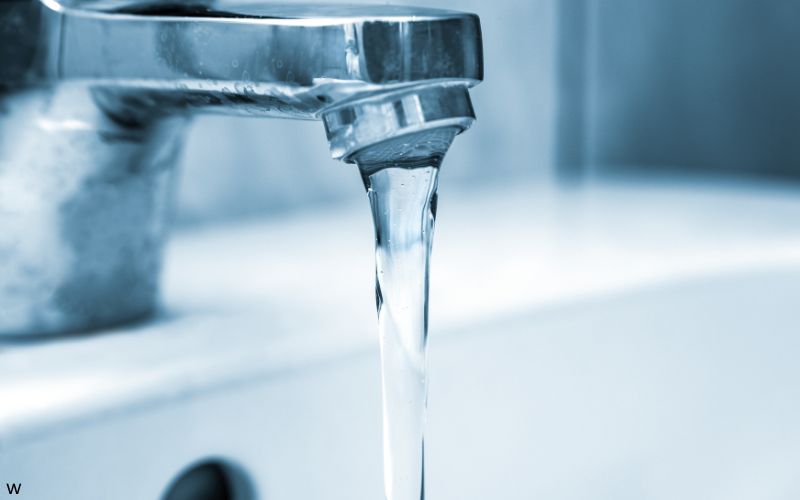
Use Water-Efficient Fixtures
Install low-flow faucets, showerheads, and high-efficiency toilets to reduce water consumption. The city offers rebate programs for qualifying water-efficient fixtures and appliances. Visit savewichitawater.com for details on available rebates.

Report Issues
Contact 316-268-8351 for water quality concerns or main breaks. For after-hours emergencies, call 316-268-4111. Report water leaks promptly to help conserve our community’s water resources during drought conditions.
Quality News About Your Water
Get the comprehensive water quality news coverage you need with our dedicated US Water News Service. From coast to coast, we deliver in-depth reporting and expert analysis on PFAS contamination, EPA regulatory changes, infrastructure developments, and emerging water safety issues affecting communities nationwide. While mainstream media only covers the biggest stories, we provide the detailed, ongoing coverage that helps you understand the full scope of America’s water challenges. Whether you’re a concerned citizen, water professional, or community leader, our daily updates and analytical insights keep you informed about the issues that matter most to public health and environmental safety.
Frequently Asked Questions
Is Wichita’s tap water safe to drink?
Yes, Wichita’s tap water meets all federal and state drinking water standards. The city’s Public Works & Utilities department conducts extensive testing to ensure water quality and safety.
The water comes from protected sources including Cheney Reservoir and the Equus Beds Aquifer and undergoes treatment including lime softening, filtration, and disinfection. However, independent testing has identified 14 contaminants that exceed Environmental Working Group health guidelines, including arsenic and disinfection byproducts. While older homes may have lead service lines or fixtures that could affect water quality, residents in homes built before 1986 may want to have their water tested or use certified filters as a precaution.
How does the drought affect Wichita’s water supply?
The ongoing drought significantly impacts Wichita’s water supply, particularly Cheney Reservoir, which provides about 60-70% of the city’s water during normal conditions. As of mid-2024, Cheney Reservoir is at approximately 62.7% capacity, triggering Stage 2 water restrictions.
Under these restrictions, outdoor watering is limited to once per week based on location. The city adjusts its water sourcing blend to minimize usage from Cheney Reservoir while still meeting quality standards. Wichita’s drought response plan includes multiple stages with increasingly stringent conservation measures as water levels decline. The new Wichita Water Works facility will enhance the city’s ability to manage water resources during drought conditions, but conservation remains essential for long-term water security.
How will the new Wichita Water Works facility improve water quality?
The new $500+ million Wichita Water Works facility, scheduled to be fully operational in early 2025, represents a significant upgrade to the city’s water treatment capabilities:
• Advanced treatment: State-of-the-art technology for improved filtration and disinfection
• Treatment flexibility: Capability to treat water from multiple sources, including groundwater, surface water, and ASR water
• Increased capacity: Up to 120 million gallons per day to meet future demand
• System redundancy: Designed with multiple backup systems to ensure uninterrupted service
• Future compliance: Built to meet current and anticipated water quality regulations
This facility replaces the current 80-year-old plant that lacks necessary redundancy and is approaching the end of its useful life. By investing in modern infrastructure, Wichita is ensuring reliable, high-quality water for generations to come.
What are the current water restrictions in Wichita?
As of mid-2024, Wichita is in Stage 2 of its drought response plan, with these restrictions in effect:
Mandatory Watering Schedule:
• Monday – Northwest of Central and Broadway intersection
• Tuesday – Northeast of Central and Broadway intersection
• Wednesday – Southwest of Central and Broadway intersection
• Thursday – Southeast of Central and Broadway intersection
• Friday, Saturday, Sunday – no outdoor water usage allowed
Additional Restrictions:
• Water only early morning or evening (before 10 a.m. is recommended)
• No new planting of non-food gardens or ornamentals
• Reduced operation of fountains and water features
Restrictions may become more severe if drought conditions worsen and Cheney Reservoir levels continue to decline. For current status and updates, visit wichita.gov/drought-update.
Contaminants of Concern

Lead
Source: Lead service lines and older plumbing fixtures in homes built before 1986; private lead service lines may still exist though the city has made distribution system improvements
Health Effects: Developmental delays in children, reduced IQ, learning difficulties, kidney problems, cardiovascular effects in adults
Current Status: Wichita’s water meets all federal and state standards for lead. The city maintains strict control of pH, hardness, and other parameters to prevent corrosion that could cause lead to leach from pipes. EPA Limit: Action level 15 ppb, but no level of lead is considered safe

Disinfection Byproducts
Source: Form when disinfectants like chlorine react with naturally occurring organic matter in the water
Health Effects: Potential increased risk of cancer and other health problems with long-term exposure to elevated levels
Current Status: Wichita maintains levels below EPA limits through careful treatment processes, though independent testing shows some disinfection byproducts exceed health guidelines. The new water treatment facility will feature advanced technologies to further reduce disinfection byproducts.
Please read – our information
The information presented on cleanairandwater.net is compiled from official water quality reports, trusted news sources, government websites, and public health resources. While we strive for accuracy and thoroughness in our presentations, we are not scientists, engineers, or qualified water quality professionals.
Our mission is to present water quality information in an accessible, real-world format that helps people understand what’s in their water and make informed decisions about their health and safety. We believe that complex environmental information should be available to everyone in a format that’s easy to understand.
We make every effort to ensure our content is current and accurate, but we cannot guarantee that all information is complete or error-free. This website should not replace official communications from your local water utility or health department. We always recommend consulting official sources for the most up-to-date information regarding your specific water system.
Clean Air and Water is not liable for any unintentional errors, omissions, or outdated information. The content on this site is provided for informational purposes only and should not be considered professional advice.
